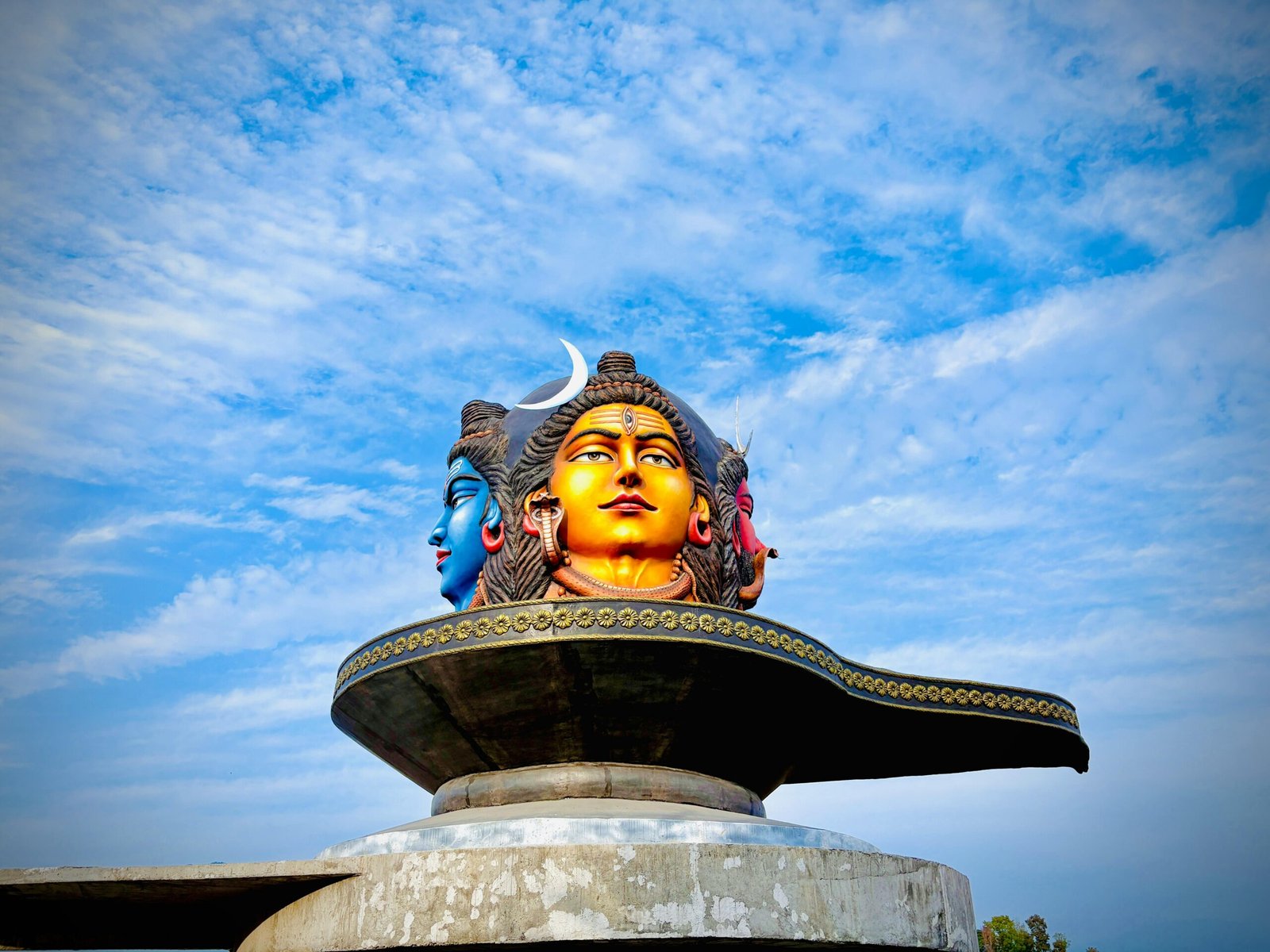Have you ever wondered what ancient beliefs shape our understanding of natural disasters like earthquakes and volcanoes? In the Maori culture, Rūaumoko is the powerful deity associated with these natural phenomena. Understanding Rūaumoko not only provides insights into Maori mythology but also enriches our appreciation of cultural perspectives on natural events.
Introduction
Rūaumoko, the Māori God of Earthquakes and Volcanoes, holds a prominent place in Maori mythology as the deity responsible for the earth’s violent tremors and volcanic eruptions. With his origins deeply embedded in the earth’s underworld, Rūaumoko’s presence is felt in the rumblings beneath us. His tale is one of intrigue and mystique, where myth, culture, and natural phenomena intersect. Understanding Rūaumoko offers valuable insights into how indigenous traditions frame the power of the earth. We will explore his tale, cultural relevance, symbolic significance, and modern interpretations. As we embark on this exploration, you’ll uncover the rich tapestry of Maori lore, interwoven with the natural world and cultural practice, revealing the legacy of Rūaumoko today.
Myth or Story Overview
Origin Story: Birth/Emergence and Key Characters
Rūaumoko’s story begins in a time of creation when the Maori earth mother, Papatūānuku, and the sky father, Ranginui, were forcibly separated to bring light into the world. In Maori cosmogony, Rūaumoko is the youngest child of this union and remains close to his mother, dwelling within her body. His restless nature leads to the earth quaking and volcanoes erupting. The separation of Papatūānuku and Ranginui is pivotal, setting the stage for the emergence of various deities, including Tāne, Tangaroa, and Tūmatauenga, who preside over distinct realms of nature (Royal, 1998).
Major Episodes: Pivotal Myths and Regional Variations
The saga of Rūaumoko encompasses key episodes that reveal his influence. One prominent myth recounts Rūaumoko’s journey beneath the earth, where he perpetuates movement that causes the earth to shake and mountains to erupt. These stories vary across New Zealand, reflecting local geography and historical seismic activity. For instance, the volcanic eruptions at Mount Tarawera in 1886 are often associated with Rūaumoko’s wrath (Smithsonian GVP, 2025). In some regions, the shaking of the earth is considered Rūaumoko stretching and shifting in his subterranean realm, indicating both geological and spiritual interpretations of seismic events.
Cultural Context & Rituals
Ritual #1: Who, When, Why; Materials & Actions
Maori rituals associated with Rūaumoko often revolve around recognizing and respecting his power. Traditionally, when the earth began to shake, communities would perform karakia (incantations or prayers) to appease Rūaumoko. These rituals were typically led by tribal elders or tohunga (spiritual leaders) and practiced to safeguard the community. Materials used often included natural elements believed to connect with the earth’s energies, such as stones or pounamu (greenstone).
Ritual #2: Another Ceremony & Modern Revival
Another ritual, albeit less common today, involves offerings to the earth, intended to pacify Rūaumoko and show respect for his force. In modern times, such rituals are sometimes revived during cultural festivals or events, serving both as a means of remembrance and cultural education. Events like Matariki, the Maori New Year, may include activities that honor ancient rituals, blending traditional and contemporary elements while fostering cultural pride and continuity.
Symbolism & Significance
Rūaumoko embodies the natural world’s unpredictable power, representing transformation and renewal. The deity’s connection to the earth highlights the Maori belief in the interconnectedness of life forces. This symbolism extends to understanding Rūaumoko as both a creator and destroyer, with his actions leading to both devastation and new beginnings. His presence reminds us of nature’s cycles and our place within them. These narratives emphasize respect for nature’s might, encouraging harmonious coexistence with the environment.
Modern Interpretations & Legacy
Today, Rūaumoko’s legacy endures in various forms, reflecting both cultural preservation and adaptation. Modern interpretations often integrate scientific understandings of geology with traditional beliefs, allowing a holistic perspective on seismic activities. In contemporary Maori communities, Rūaumoko is invoked not only in cultural rituals but as a symbol of resilience and adaptability in the face of environmental change. Educational programs frequently highlight Rūaumoko’s significance, providing insights into cultural heritage and environmental stewardship.
Conclusion
Rūaumoko, the Maori God of Earthquakes and Volcanoes, serves as a powerful testament to the intersection of mythology and natural phenomena. His narrative underscores the reverence for nature within Maori culture and the enduring impact of ancient beliefs in contemporary society. By exploring Rūaumoko’s tale, you gain a deeper understanding of how cultural traditions shape perceptions of the earth’s dynamic forces. These ancient stories offer valuable lessons in respecting and coexisting with the natural world.
5-Question Q&A
-
Who is Rūaumoko?
Rūaumoko is the Maori deity associated with earthquakes and volcanoes, believed to reside beneath the earth and responsible for its tremors and eruptions. -
What role does Rūaumoko play in Maori creation mythology?
Rūaumoko, as the youngest child of Papatūānuku and Ranginui, maintains a connection to his mother, influencing the movement of the earth and thereby playing a key role in its transformation. -
How are Rūaumoko’s actions interpreted across different regions?
Regional variations in Rūaumoko’s myths reflect local geological activity, with interpretations influenced by historical eruptions and earthquakes. -
What are some traditional rituals associated with Rūaumoko?
Traditional rituals include karakia or prayers performed during earthquakes, intended to appease his spirit and protect the community from harm. -
How is Rūaumoko’s legacy perceived in modern times?
Rūaumoko’s legacy today blends traditional beliefs with scientific understanding, symbolizing resilience and adaptability in navigating environmental challenges.
To further explore Maori cultural practices related to Rūaumoko, consider engaging with resources offered by the New Zealand government and cultural institutions. These insights can inspire greater appreciation for cultural diversity and the ways ancient wisdom informs our relationship with the earth.
